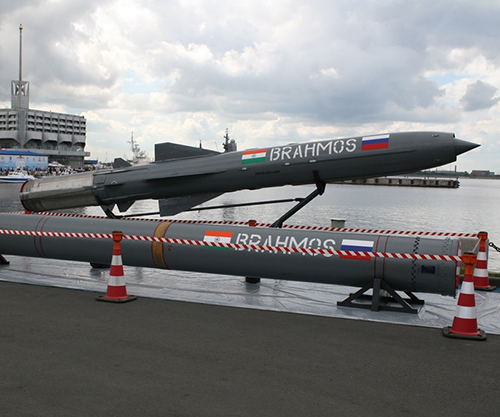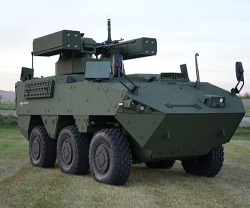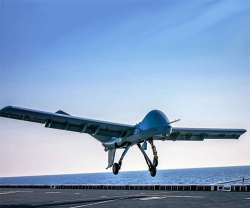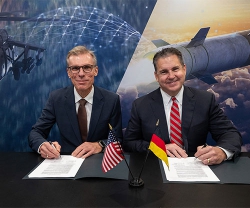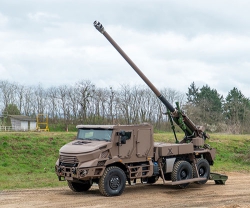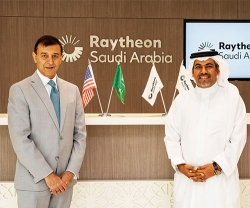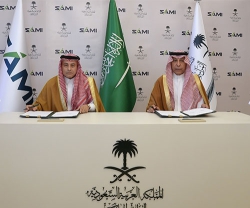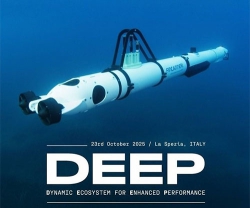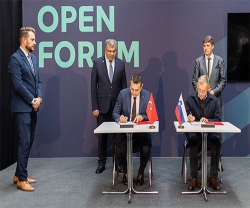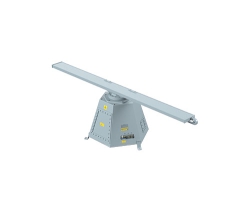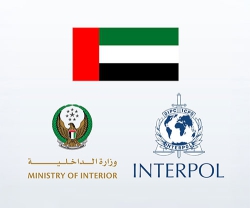The BrahMos Aerospace Russian-Indian Joint Venture may conclude contracts by the end of 2019 on the delivery of BrahMos missiles to third countries, JV Indian Co-Director Kumar Mishra told TASS at the recent MAKS-2019 international aerospace exhibition which concluded in the town of Zhukovsky outside Moscow last month.
A total of 827 companies from 33 countries took part in the aerospace show, including 184 foreign firms.
“Several countries have applied to us with a request for the delivery of BrahMos missiles and we have informed the Defense Ministries of Russia and India about that and are now waiting for their permission to sign contracts. We hope and expect that we will have these contracts at the end of this year or at the beginning of next year,” he stated.
Responding to a question about the countries, to which the BrahMos missiles will be delivered, Mishra said: “These will be the states friendly to Russia and India.”
The PJ-10 BrahMos is a supersonic cruise missile developed jointly by the Reutov-based Research and Production Association of Machine-Building (the Moscow Region) and India’s Defense Research and Development Organization (DRDO).
The PJ-BrahMos is a modification of the Soviet anti-ship missile Oniks. The missile’s name comes from the names of two rivers: the Brahmaputra of India and the Moskva of Russia. The missile’s test launch took place on June 12, 2001 from a coastal launcher. The missile’s production has been carried out jointly by Russia and India.
The flight range of the BrahMos supersonic cruise missile can be extended to 800 km, Mishra said. “Technically, there is a possibility to extend the BrahMos flight range to 800 km,” he noted.
Today, the BrahMos missile’s air-, sea-and ground-launched versions have a flight range of 290 km. “We have already tested our missile to a range of 400 km. The launch was successful,” Mishra said.
“Today we are considering getting permissions from India and Russia on further extending the flight range of the BrahMos missile. Technically, it is possible to extend the flight range to 800km and this is the task we face,” he added.
The next-generation BrahMos-NG cruise missile may enter trials in four to five years, Mishra said.
Now the missile is at the initial stage of its development, he noted. “We have already reached a good level for making the ramjet engine for it. We are conducting our work without any haste.”
BrahMos Aerospace had plans to develop a hypersonic ramjet engine for the BrahMos missile. The use of new materials and other improvements will also help boost its speed to Mach 4.8, Mishra specified.
The development of the BrahMos hypersonic cruise missile will take at least seven-eight years, Mishra said.
“I believe the hypersonic BrahMos will appear no sooner than seven to eight years,” he noted.
The work on the hypersonic technology is proceeding jointly with the Russian partners - the Research and Production association of Machine-Building and Moscow Aviation Institute, as well as with Indian research institutes, he said.
The basic research is related to the problem of protecting the missile’s internal compartments from high temperatures that some parts of the design get at a hypersonic speed, he explained.

